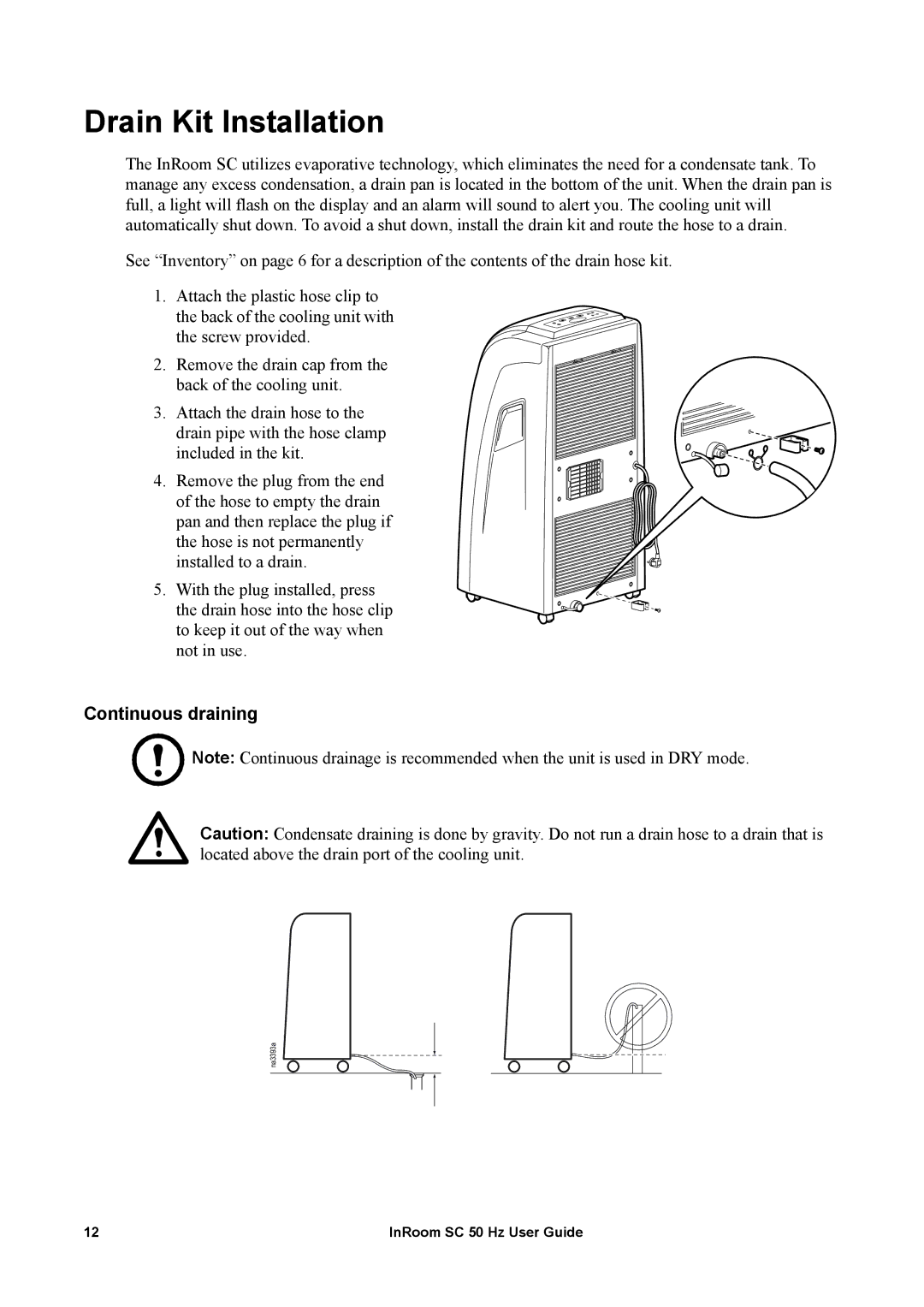ACPSC3000 specifications
The APC ACPSC3000 is a high-performance power conditioning solution designed to provide reliable and efficient power distribution for critical electronic equipment. Engineered by APC, a trusted name in power protection, the ACPSC3000 offers a range of features that cater to the needs of data centers, telecommunications, and industrial environments.One of the main features of the ACPSC3000 is its ability to deliver superior power management through its advanced power conditioning technology. The unit utilizes a multi-stage filtering mechanism to eliminate electrical noise and surges, ensuring that connected devices receive a clean and stable power supply. This is particularly vital in environments where equipment performance can be disrupted by voltage fluctuations or electromagnetic interference.
The ACPSC3000 also boasts an impressive power capacity, with the ability to handle a significant load. This makes it suitable for powering multiple high-demand devices simultaneously, without compromising performance. Its robust design supports scalability, allowing it to grow with the increasing power needs of modern technology infrastructures.
In terms of connectivity, the APC ACPSC3000 comes equipped with multiple output options, making it versatile for various deployment scenarios. The intelligent LCD display provides real-time monitoring of power metrics, such as load level and input voltage, facilitating quick assessments of system health. Additionally, it features network management capabilities that enable remote monitoring and management, giving users peace of mind from anywhere.
Another characteristic that sets the ACPSC3000 apart is its energy-efficient operation. It incorporates technologies that reduce energy consumption, helping organizations minimize overhead costs while promoting sustainable practices. The unit complies with environmental standards, ensuring minimal impact on energy resources.
Safety features are also paramount in the design of the ACPSC3000. It is equipped with overload protection and short-circuit protection, safeguarding both the power conditioning unit and the connected equipment from potential damage. These features enhance the overall reliability of power systems, critical for maintaining uptime in business operations.
In summary, the APC ACPSC3000 combines advanced power conditioning, extensive connectivity options, and a focus on energy efficiency, making it an essential asset for any organization that relies on consistent, high-quality power delivery to support their vital operations. Whether for data centers, networking, or industrial applications, this unit stands out as a comprehensive solution for managing electrical power challenges.

